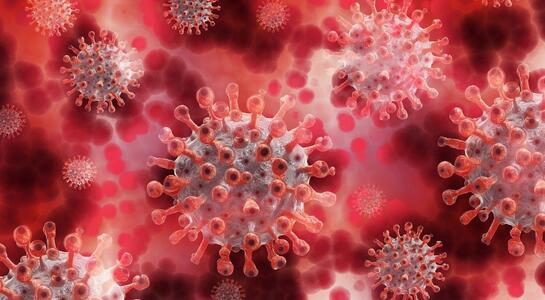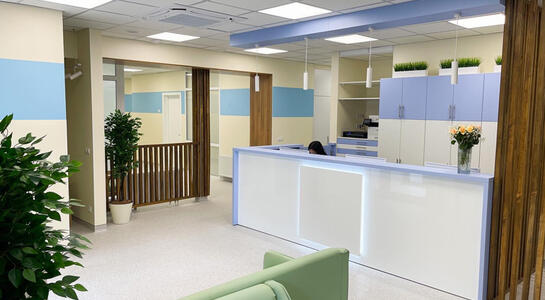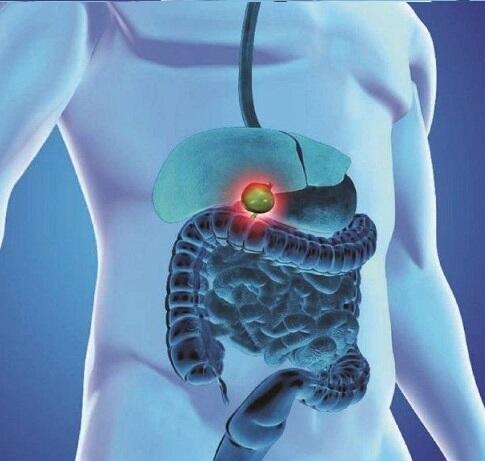
Cholecystitis - diseases of the liver and gallbladder in adults, methods of treatment and prevention of cholecystitis
What is cholecystitis?
The gallbladder is an anatomical structure that stores an important fluid that is essential for the well-functioning of the intestines and the digestion of lipids (fats). This substance is bile. Cholecystitis is an inflammatory process in the mucous membrane of the gallbladder, often accompanied by pain in the right hypochondrium and nonspecific symptoms such as nausea, vomiting and others.
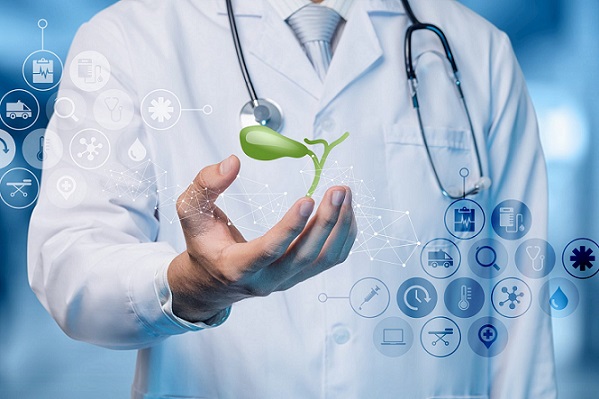
The disease occurs in different age categories. Most often, it affects women between the ages of 40-50 years.
Why does cholecystitis occur?
Inflammation of the walls of the gallbladder can be provoked by numerous factors, the most common are:
- Stones. This is one of the leading causes of cholecystitis. Concretions in the gallbladder completely or partially block the ducts, as a result there is a disruption of the outflow and stagnation of bile. This is the substrate of the inflammatory process. This condition is called cholelithiasis and is the cause of calculous cholecystitis.
- Infectious and invasive diseases. The access of pathological agents into the lumen of the gallbladder is a trigger for the development of inflammation and, accordingly, cholecystitis. Infectious diseases are provoked by bacteria and viruses, invasive - helminths (worms), protozoa and others.
- Neoplasms. A tumor of the gallbladder and / or adjacent organs can compress the lumen of the duct, leading to a disruption of the outflow of bile from the gallbladder, causing congestion.
- Poor blood supply to the gallbladder. Vascular damage reduces blood flow to the gallbladder, leading to cholecystitis.
A risk for cholecystitis increases in case of family history with this disease. It is also necessary to be attentive to persons with congenital anomalies in the development and shape of the gallbladder and / or bile ducts.
Forms of cholecystitis
Cholecystitis is quite diverse according to the clinical picture and classification. Variations of the symptoms and forms are broad: from a low-symptom manifestation, to a critical condition, that requires urgent hospitalization and urgent surgical intervention.
Cholecystitis is divided into:
- Acute.
- Chronic.
- Exacerbation of the chronic form.
There are several stages of cholecystitis:
- Catarrhal - defeat only the wall of the gallbladder.
- Phlegmonous - the progression of the inflammatory process and the involvement of the peritoneum.
- Gangrenous is the most dangerous. It is characterized by the accumulation of pus, the development of peritonitis.
Depending on the presence of stones (calculi) in the gallbladder, cholecystitis is divided into:
- Calculous - there are calculi.
- Non-calculous - there are no stones.
Cholecystitis symptoms
Symptoms can be intermittent. Often there are periods of exacerbation and remission. The most common are:
- nausea;
- vomiting;
- belching;
- temperature increase;
- severe pain in the upper right abdomen (right hypochondrium) - biliary colic;
- painful sensations when touching the abdomen;
- food digestion problems;
- bitterness in the mouth
- itchy skin;
- intoxication symptoms (headache, weakness).
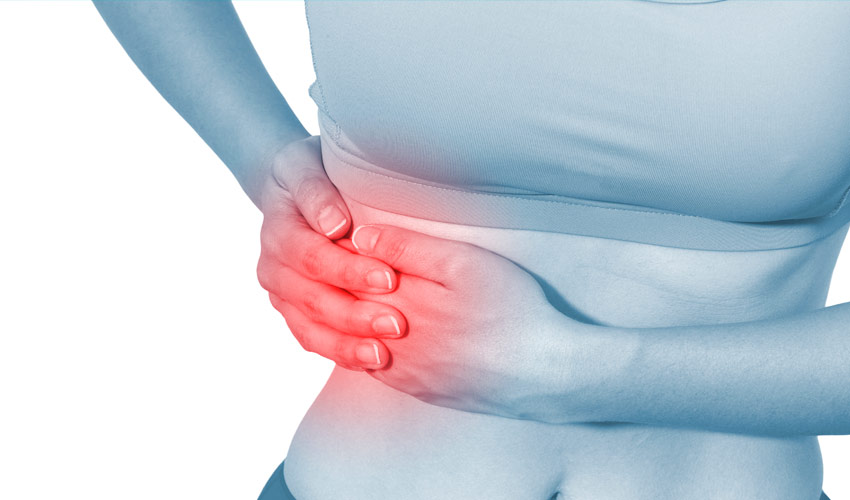
It is worth paying attention to the "color" symptoms:
- discoloration of the skin and mucous membranes - jaundice;
- darkening of urine to dark brown (beer color);
- feces change color to white.
Diagnostic methods for cholecystitis
Diagnosis of gallbladder inflammation requires a doctor's examination, a physical examination and additional diagnostic methods.
Analysis of the patient's data, present symptoms, heredity, lifestyle factors is an extremely important stage in the diagnosis. The specialist highlights the key points and prescribes diagnostic tests depending on the suspected form of the disease.
Diagnostics may include:
- Complete blood count and urine test - to identify the presence of an inflammatory process in the body
- coprogram - study of feces;
- analysis of feces for helminths;
- biochemical blood test - liver function tests are extremely important in diagnosis;
- ultrasound examination of the abdominal organs - can show the presence or absence of stones in the lumen of the bladder or duct, as well as a thickening of the wall of the gallbladder;
- cholecystocholangiography;
- CT (computed tomography) and magnetic resonance imaging (MRI).
Cholecystitis treatment methods
The way the patient is managed depends on many factors. The method of treatment depends on the severity, type, and presence of stones. Only a qualified doctor can compose this puzzle and choose the necessary tactics.
Methods for treating inflammation of the gallbladder are divided into:
- conservative
- surgical
Conservative treatment includes changes in diet, lifestyle, and the drug therapy that will improve the patient's condition.
The diet requires the exclusion of fried and fatty foods, spicy, overly salty or sugary foods and drinks. It is recommended to consume more vegetables and fruits, poultry and seafood. You should give preference to simple still purified water.
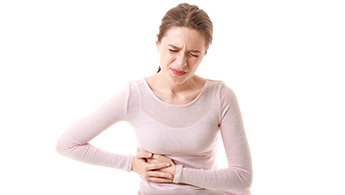
Medications are prescribed by the doctor after an appointment in the clinic. Only a specialist can correctly determine the cause of the painful condition, carry out differential diagnostics and provide the patient with the necessary advice on the drug management of cholecystitis.
Surgical treatment includes an operation to remove the gallbladder - cholecystectomy. The operation can be planned or urgent (emergency), depending on the indications and the patient's condition. Interventions can be via laparotomy (access to the affected area through a large incision in the anterior abdominal wall) and laparoscopic (minimally invasive technique, which involves small incisions and the use of optical equipment). After the operation, it is also necessary to follow the diet therapy and medications recommended by the doctor.
Prevention of cholecystitis
Preventive measures regarding inflammation of the gallbladder will include two main directions: prevention of stagnation of bile in the bladder, treatment of infections and invasions.
The important components are:
- Diet therapy - avoiding fried, spicy, fatty, overly sweet / salty food.
- Maintaining the required water balance with the frequent use of the required amount of water for a person's weight.
- Moderate physical activity.
- Timely diagnosis and treatment of infectious processes, helminthic invasions.
- Rejection of bad habits.
UNIVERSUM.CLINIC doctors who treat the disease
Our clinic provides treatment according to modern international standards. UNIVERSUM.CLINIC specialists are professionals who constantly provide high-quality medical care for each patient.
For the diagnosis and treatment of various forms of cholecystitis, you can consult the following doctors:




